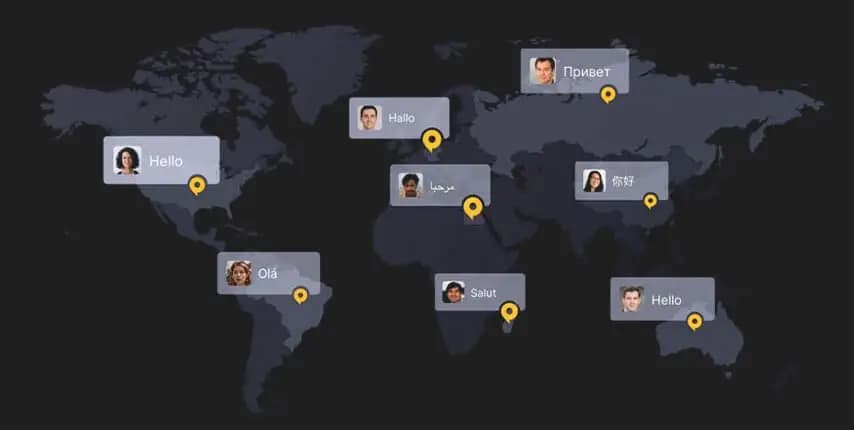Software Localization Success
A great software localization for a system or a product requires collaboration between several qualified teams that will work together to produce a product that meets globalization or internationalization standards.
Who Participates in the Software Localization Process?
Software Localization process and workflow. Different Ways to Get Your Product Localized Perfectly
1. Waterfall Localization Workflow: The most common and the most traditional localization model, this is a classic linear technique. It is commonly used by language service providers (LSPs) while translating texts. Indeed, waterfall localization is commonly employed for the translation requirements of regulated industries such as life sciences. Essentially, translation and localization occur after the work has been finalized. When using it, you could risk the User Experience (UX) quality of your website or system, more bugs could appear, the design breakout and the process could be slower than the other workflows.
2. Agile localization Workflow: Because of the constraints of the waterfall approach for translating material for digital products such as software, games, applications, and websites, this localization method emerged. An agile approach, as the name implies, is when localization and translation are completed during the product development lifecycle rather than at the conclusion. This parallel procedure is often completed in sprints (short work cycles) of two weeks or less. The goal is to produce a workable build or integrate as many features as feasible every two weeks, correct errors, and repeat the process. This software localization workflow is more efficient and more flexible than the waterfall way.
3. Continuous Localization Workflow: It is frequently seen as a subset of agile localization, and it improves on agile localization. Continuous localization, as opposed to agile localization, is a continuous cycle of localization and translation deliverables. Another significant distinction is that in the agile approach, localization is included in the process, but in continuous localization, it is integrated into the software’s continuous delivery workflow. Continuous software localization workflow doesn’t require lots of resources, and at each stage of the software localization lifecycle, extensive documentation is produced. However, some of its disadvantages are the greater expenditures for retroactive issue patches or changes, as well as delivery delays and version control concerns that may arise when different language versions of a product coexist.
The process of Software Localization, What to Expect to Be Done to Get a Perfectly Localized Software Product
Here are the steps that our teams undertake in the software localization process.
• Linguistic Quality Assurance pillars:
Translation Accuracy: QA verifies the accuracy of translations by comparing the localized content with the source content. They ensure that the translated text accurately reflects the intended meaning and context.
Consistency: QA checks for consistency in terminology and style across the entire localized product. This includes ensuring that the same term is translated consistently throughout the software.• Functional Testing:
QA verifies that the localized software functions correctly and doesn’t introduce any bugs or errors. This involves testing all features, buttons, and functionalities to ensure they work as intended in the localized version.• Cultural Appropriateness:
QA evaluates the localized content for cultural appropriateness. This includes ensuring that images, icons, and other visual elements are culturally relevant and appropriate for the target audience.• User Interface (UI) and User Experience (UX) Testing:
QA tests the localized user interface to ensure that it is user-friendly and aligns with the expectations of the target audience. They check for proper layout, text display, and overall usability.• Error Identification and Reporting:
QA identifies and reports any errors, inconsistencies, or issues in the localized software. This feedback is crucial for both the localization and development teams to make necessary corrections.
• Compatibility Testing:
QA checks the compatibility of the localized software with different operating systems, devices, and configurations to ensure a seamless user experience across different platforms.
• Regulatory Compliance:
In certain industries, QA may verify that the localized software complies with specific regulatory requirements and standards applicable to the target market.
• Performance Testing:
QA may assess the performance of the localized software, checking for factors such as speed, responsiveness, and resource utilization.






